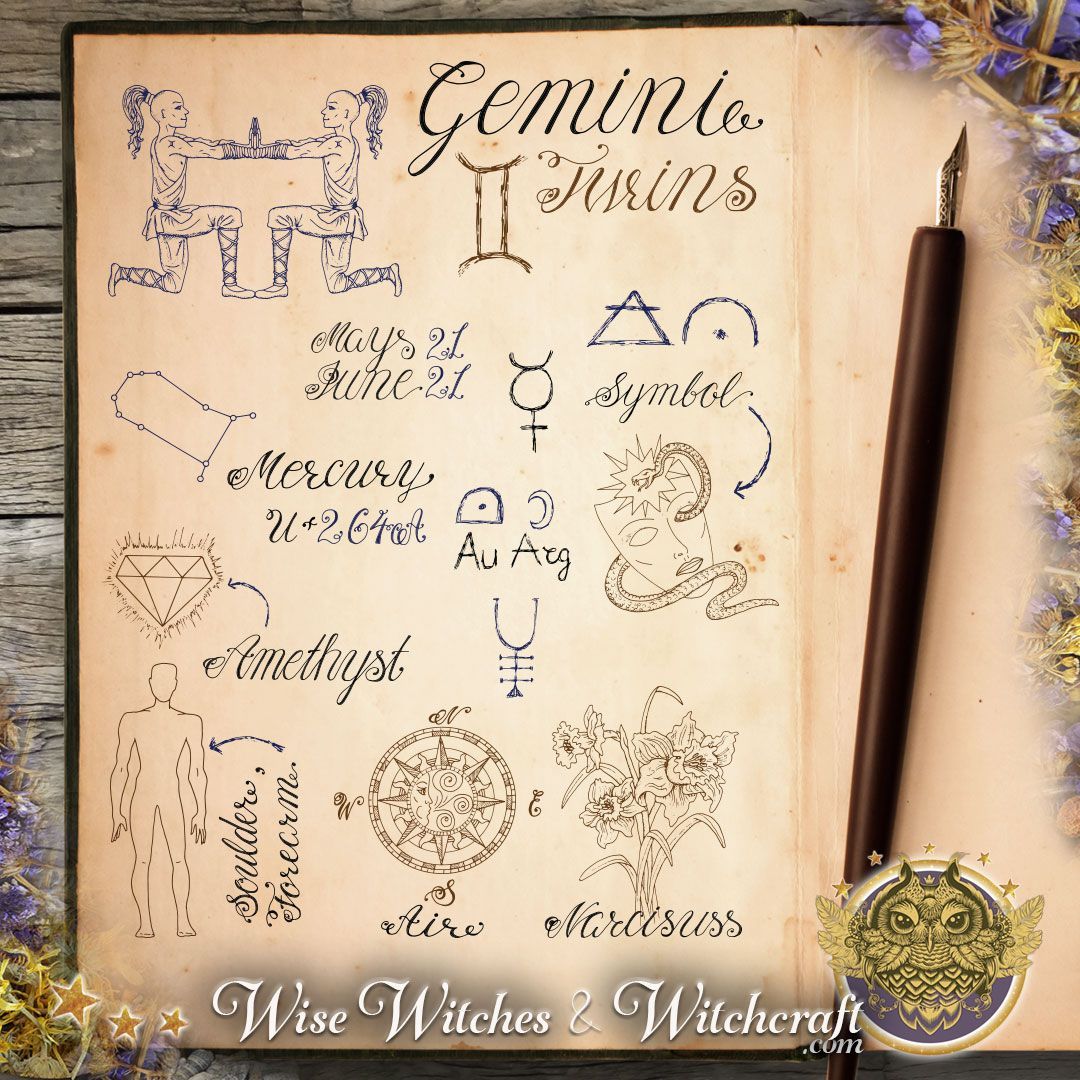

Uranus is the higher octave of Mercury, while Neptune is the higher octave of Venus. However, you can’t quite understand the Pluto generations without understanding Uranus and Neptune. Therefore, the Pluto sign of one’s generation typically reveals the biggest issues that collectively affect it the most. It appeals to the best and worst of human instinct beyond impulse or temperament, but the darkness that creeps inside all of us. Pluto is associated with demographics, birth rates, death rates, fears, politics, transformation, and the overall collective unconscious. Meaning it spends anywhere between 12 to 23 years in one zodiac sign. It takes about 248 years to complete a revolution around the Sun. Pluto is the big bad wolf of the planets. However, outer planets are shared in the charts of all members of a generation. Our birth charts change depending on the time, day, and month. Matter of fact, all of the outer planets in astrology are considered generational planets because they spend so much time in one zodiac sign. Each generation is denoted as a specific Pluto sign, similar to how individuals have a Sun sign. Interestingly, the estimated dates for each cohort almost lines up with how long a Pluto cycle takes. Alternating between silly, sweet, and serious, this book is filled with deep dives into the mind of everyone whose birth chart you can get your hands on.


#New gemini dates movie#
You’ll learn which high school clique represents them (Pisces are the cool art kids), who would get eaten first in a scary movie (Gemini, obviously) to how each sign prefers to say ‘I love you’ (for Taurus, it’s with good food). How You’ll Do Everything Based On Your Zodiac Sign includes an exhaustive analysis of each sign’s personality. One 2006 study published in the journal Personality and Individual Differences used data from more than 15,000 people and found no relationship between date of birth and personality.ĭespite the complete lack of scientific and observational evidence for astrology, 25 percent of Americans still believe in it, a recent Pew survey found.For the person who is always googling astrological compatibility when they meet someone new. "Everything in the sky is in flux," he said.Įven if the astrological signs were stable, there's no evidence the stars have anything to do with people's day-to-day existence. The complete rotation takes 26,000 years, Rao said. In 12,000 years, Earth's North Star will be Vega, the brightest star in the constellation Lyra. But back when the pyramids were constructed, the star that aligned with the North Pole wasn't Polaris at all: It was a star in the constellation Draco called Thuban. It's the star most closely aligned with Earth's North Pole. As the Earth's position shifts, so does our perspective of the night sky.įor example, Rao said, we take the North Star, Polaris, for granted. As it rotates, its axis swings in a circle, pointing in different directions. Here's what astronomers know: The Earth is like a wobbly top. The attention triggered by his interview with the newspaper has been "astounding." Kunkle, who teaches astronomy at Minneapolis Community and Technical College, told Livescience, He gave the interview at the request of the paper to discuss precession, and the science he described is centuries old, he said. "The earliest known astronomer to recognize and assess the movement of precession was Aristarchus of Samos, who lived around 280 B.C.," Rao told LiveScience. The story spread around the Internet quickly, but it's actually old news, Rao said. Precession popped into the spotlight this week after Minnesota Planetarium Society board member Parke Kunkle told the Minneapolis Star-Tribune about the gap between the astrological and the astronomical view. The shift is caused by precession, the wobble in the Earth's axis caused by the gravitational attraction of the moon to the Earth's equator. "Astrology tells us that the sun is in one position, whereas astronomy tells us it's in another position," said Joe Rao, 's skywatching columnist and a lecturer at New York's Hayden Planetarium. Nowadays, the stars have shifted in the night sky so much that horoscope signs are nearly a month off. The problem is, the positions were determined more than 2,000 years ago. (Or even more bunk than you might expect.) Astrological signs are determined by the position of the sun relative to certain constellations on a person's day of birth. Thanks to Earth's wobble, astrological signs are, well, bunk. If you look to your horoscope for a preview of your day, look again: You're probably following somebody else's supposed fate.


 0 kommentar(er)
0 kommentar(er)
